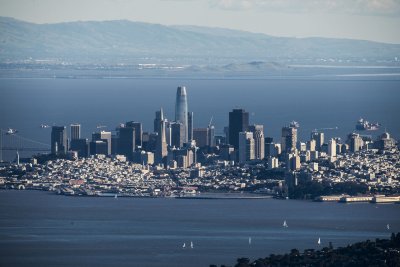Power largely restored after unexplained blackout hit San Francisco

Dec. 21 (UPI) — Power has been largely restored after a widespread and unexplained blackout left swaths of San Francisco without electricity on Saturday, just days before Christmas.
Pacific Gas and Electric said in a statement Saturday afternoon that the blackout was affecting about 130,000 businesses and homes. At the time, the company said it had “stabilized the grid” and did not expect the blackout to further spread.
Late Saturday night, the company said crews restored about 95,000 customers. Of the 35,000 customers still without power Saturday night, another 10,000 have since had their service restored.
“We apologize for the delay in getting your power back on,” Pacific Gas and Electric said in a notice on its outage map around 3:45 p.m. local time Saturday. “Unforeseen issues can cause unexpected delays for our crews.”
Mayor Daniel Lurie said on social media that Muni lines — the diverse network of public transportation including buses, light rail, and historic street cars and cable cars — was affected by the blackout. The outage also affected city street lights, he said.
Because of that, Lurie said the city would increase its police presence overnight. The San Francisco Police Department later posted on social media that officers would be working to keep the city safe.
Meanwhile, emergency management officials urged residents to “stay home if you can, avoid all unnecessary travel, and check on neighbors safely.”
The Bay Area Rapid Transit system also said that it had closed its Powell Street and Civic Center stations downtown, which have since reopened.
The cause of the outage was not immediately clear but a spokesman for the San Francisco Fire Department told The New York Times that a fire at a large Pacific Gas and Electric substation in the South Market neighborhood contributed to the blackout.
